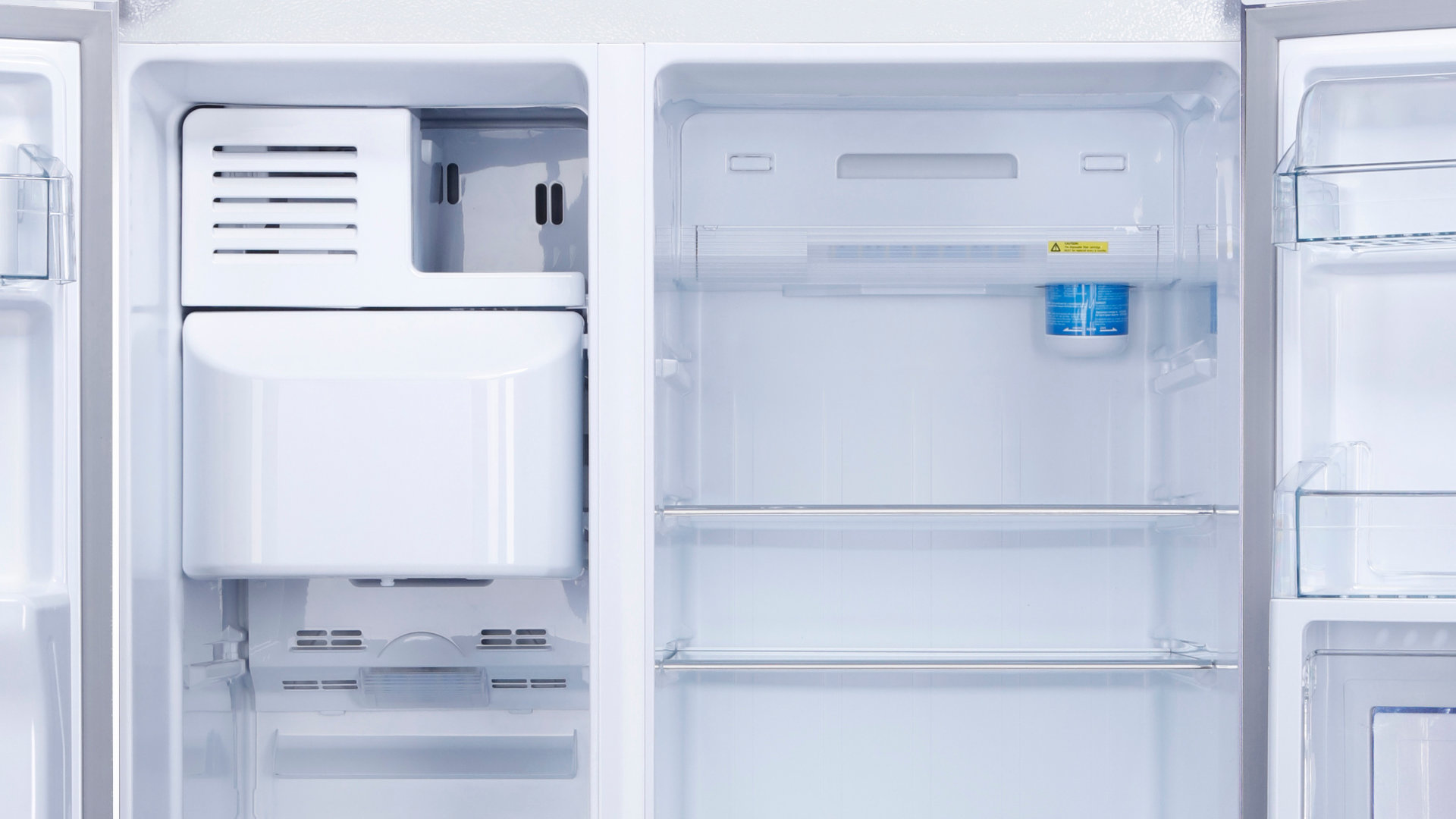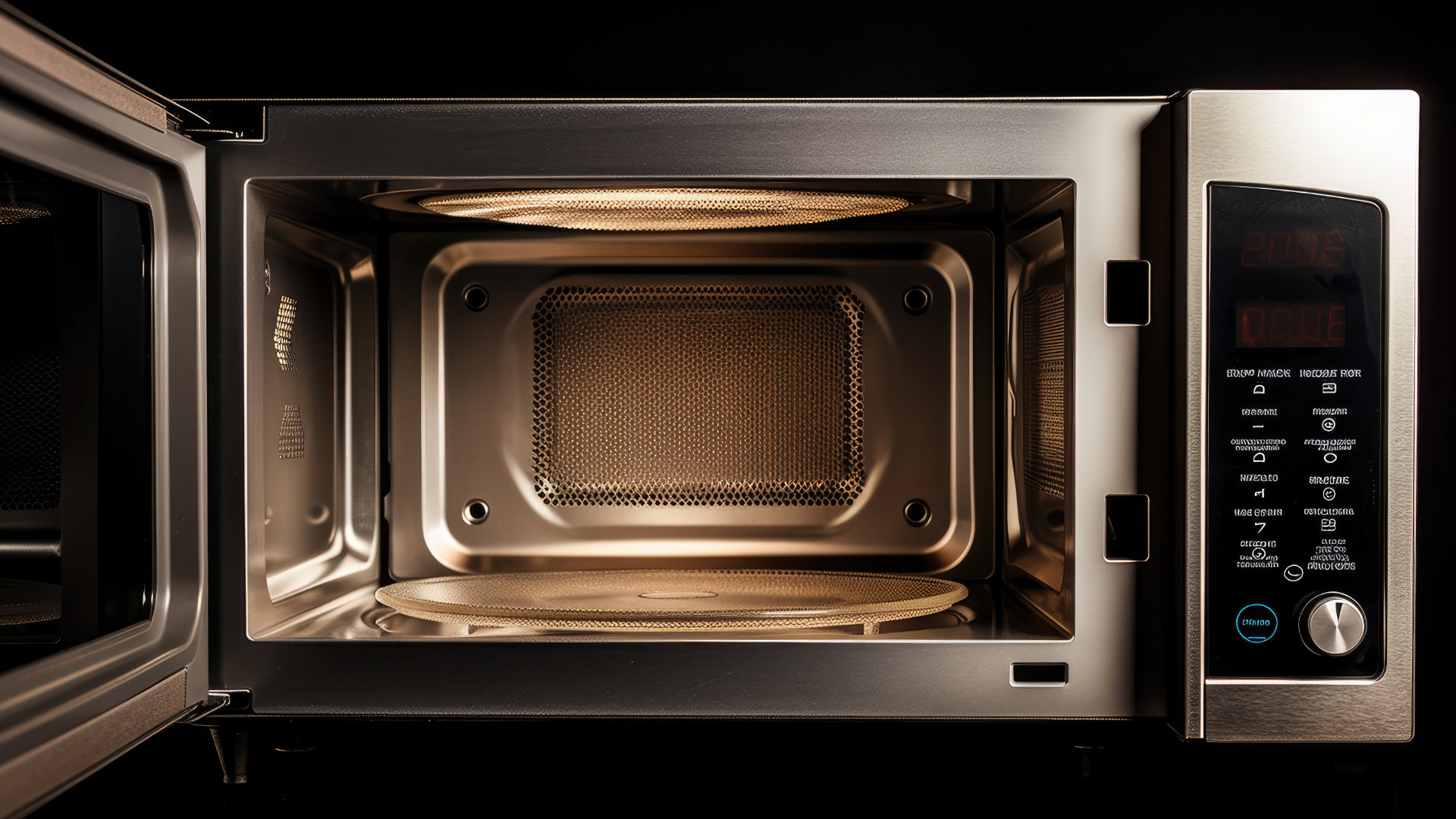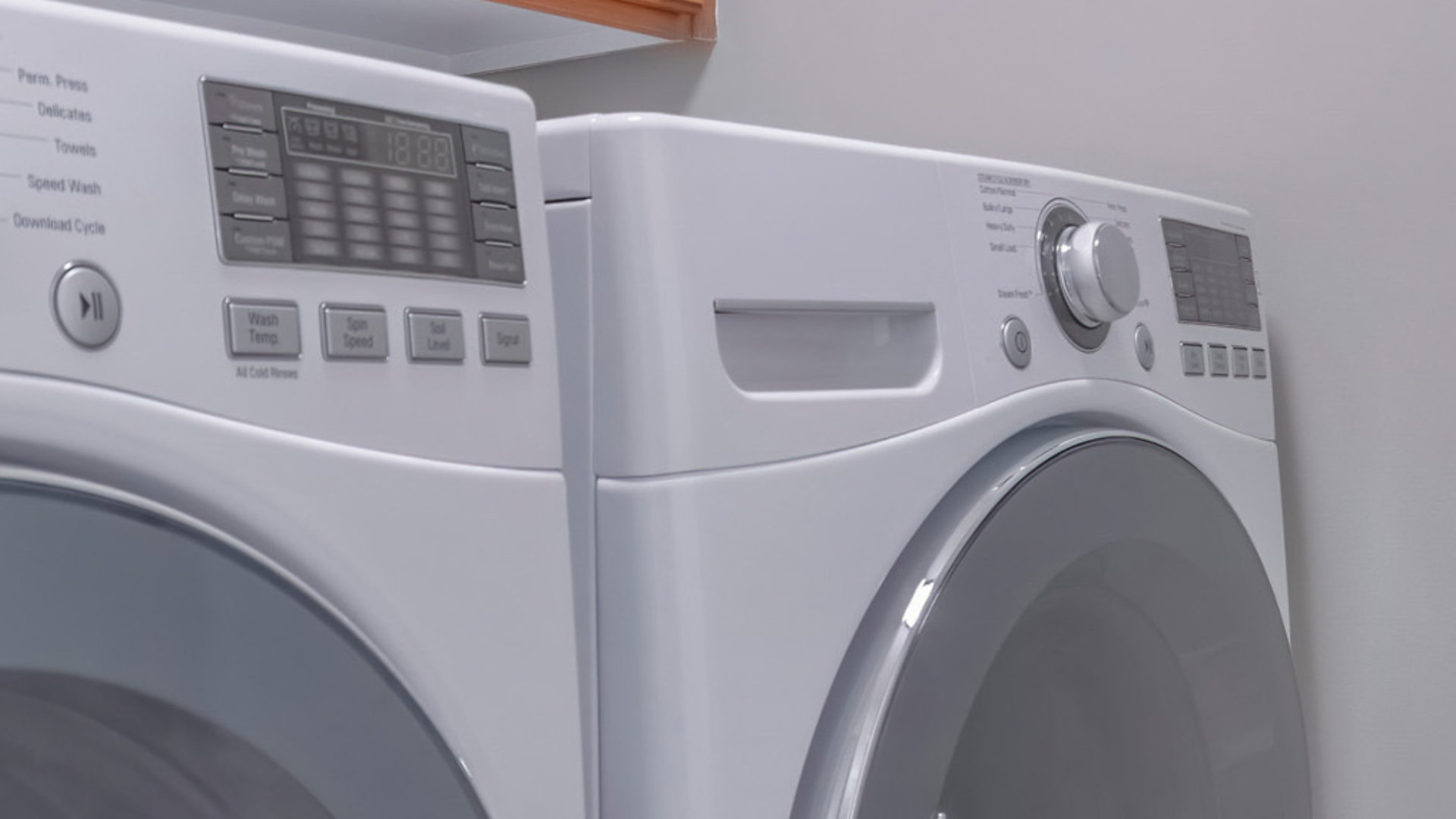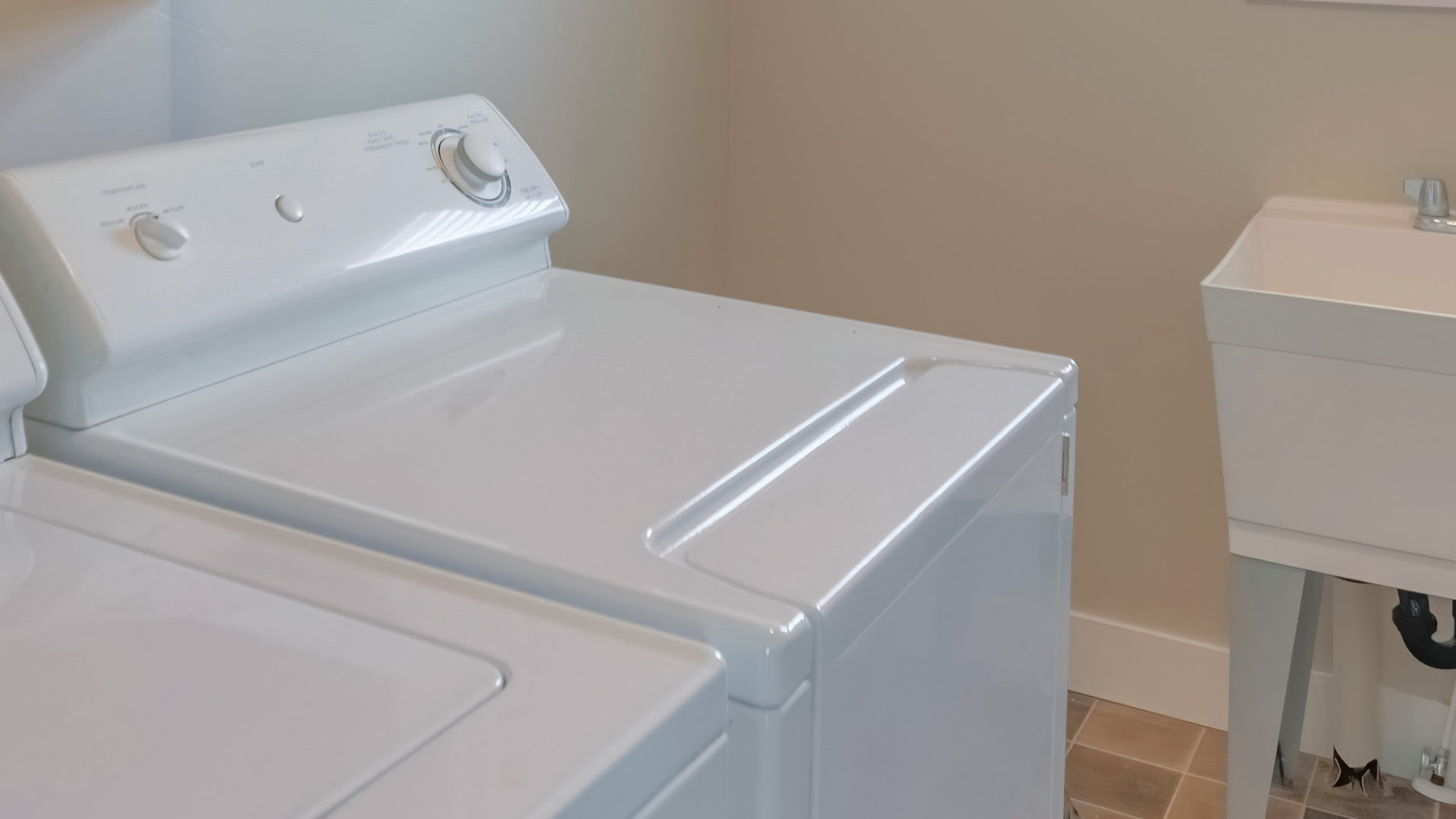
Knowing the signs that indicate your refrigerator could be on its way out gives you time to prepare and start finding a replacement. However, being able to tell whether your fridge is genuinely dying or has a fixable issue requires a little knowledge.
In this blog, we will list the telltale signs that suggest your appliance may have a fatal issue, along with some common fixable problems, so you’ll have all the wisdom you need to make an informed decision on the fate of your refrigerator. Let’s begin.
Common Signs Your Fridge May Be Dying
Some of the most common signs your refrigerator may be dying include:
- It’s unable to maintain the right temperature.
- It requires an expensive repair.
- It frequently needs repairs.
- It is over eight years old.
- It is making loud or unusual noises.
- You see a spike in your energy bills.
However, to be sure, you’ll need to do some investigative work, as some of these signs can sometimes be fixable. It’s also important to consider whether your fridge shows just one or multiple signs of failure.
For instance, if your appliance needs a repair and is over eight years old, it’s more likely to be on its way out. Whereas, if it’s a newer fridge but needs a repair, it’s wise not to write it off so quickly.
Let’s dig deeper into these signs so you’ll know how to handle any situation when it arises.
Temperature Issues
The primary purpose of a fridge is to keep food cool, so if it starts failing in this responsibility, it quickly becomes a liability. Nobody wants to constantly throw away food because it keeps spoiling in their fridge—food waste is a big problem for the planet and our wallets.
But how do you know whether the temperature issue is serious or easily repairable?
Here are some common simple fixes to find out:
- Try resetting the fridge by unplugging it for five minutes and then replugging it again to see if it resolves the issue.
- Check the condenser coils to see if they are dirty, and clean them with a vacuum cleaner with a brush attachment if so.
- Check the airflow vents within the fridge to ensure they’re not blocked. If they are, rearrange items to allow better airflow and ensure you’re not overfilling.
- Check that the condenser fan and evaporator fan are spinning freely. If not, turn off the appliance and remove any visible obstructions, or failing that, call a technician to fix the issue before it causes more serious problems.
If these simple and low-cost remedies do not fix the temperature issue, you likely have a more severe issue at hand, which leads us to the next point…
Requires an Expensive Repair
If you cannot fix your fridge through simple DIY repairs, call a technician to inspect it. If you are lucky, they will find a minor issue that is easily repairable at a reasonable cost, but if you are unlucky, they will find a severe and expensive-to-fix problem.
Expensive repairs, such as a broken compressor or refrigerant leaks, do not fix themselves and, if left unresolved, will undoubtedly lead to the demise of your appliance.
It’s up to you to decide whether your fridge is worth investing further in to prevent its death or whether it’s better to move on and find a new replacement. This will likely depend on the age and cost of your fridge, which we look at in the next section.
Requires Frequent Repairs
If your refrigerator constantly needs new repairs, it’s likely a sign it’s on its way out, or at the least, no longer economically sensible to keep investing money in. This is especially true if you bought your fridge for less than $500 in the first place and if it’s over eight to ten years old.
While fridges can certainly last between 10 and 20 years, or even longer sometimes, generally, when they go past the age of eight and start requiring repairs, become energy inefficient, or have temperature issues, it usually means they are on their way out and not worth spending more on to fix and run.
Loud or Unusual Noises
If your fridge is making loud or unusual noises, it is not always a sign it is dying, but it could be. Here are some of the most common causes of unusual noise:
- Compressor Issues
- Fan problems
- Condenser coils are dirty
- Temperature-related issues
- Loose parts and vibration
You can check and remedy some of these issues yourself. In the first section, we provided instructions for checking temperature-related issues, fan problems, and cleaning condenser coils.
If your fridge has loose screws, components, or panels, it may cause a rattling sound. You may be able to locate and fix this yourself, or you may need the help of a technician if it is occurring within the fridge’s internal structure.
If your fridge is making a very loud buzzing noise, it’s usually an issue with the compressor and a sign your fridge is on the way out. A qualified technician may be able to repair it, but it won’t be cheap and is likely not worth investing in if you paid less than $500 for your fridge or it is over eight years old.
Energy Bill Increase
If you see a sudden spike in your energy bills, it could be a sign your fridge is coming to its end or is no longer economically viable, especially if it’s over eight years old and has become inefficient through general wear and tear.
However, before you replace it, try some of the remedies mentioned in this article for temperature issues. Plus, you can:
- Check to see if the door seals are worn or damaged.
- Check for a faulty thermostat.
If the door seals are broken, it can allow cold air to escape, meaning your fridge has to work harder to stay cool. You can replace the seals yourself, or you can call in a technician to help you.
In some cases, a faulty thermostat can cause the compressor to run constantly and result in a colder fridge than what you set it to. You can check this by listening to see if the compressor is cycling on and off normally and verifying the temperature with a thermometer.
If you’re an experienced DIYer, you may be able to replace the thermostat yourself, or you can call a technician to do it for you.

Eliminate the Burning Smell From Your Microwave

Fixing a Samsung Freezer That Won’t Freeze

Whirlpool Oven Won’t Heat: Here’s What To Do

Easy Steps to Clean Your Refrigerator Coils

Quick Fixes for an LG Dryer Not Heating

How to Fix an Electrolux Dryer That’s Not Drying

Why Is Your Whirlpool Washer Lock Light Flashing?

Why Is Your Freezer Door Not Sealing?

How Does a Ventless Dryer Work?

